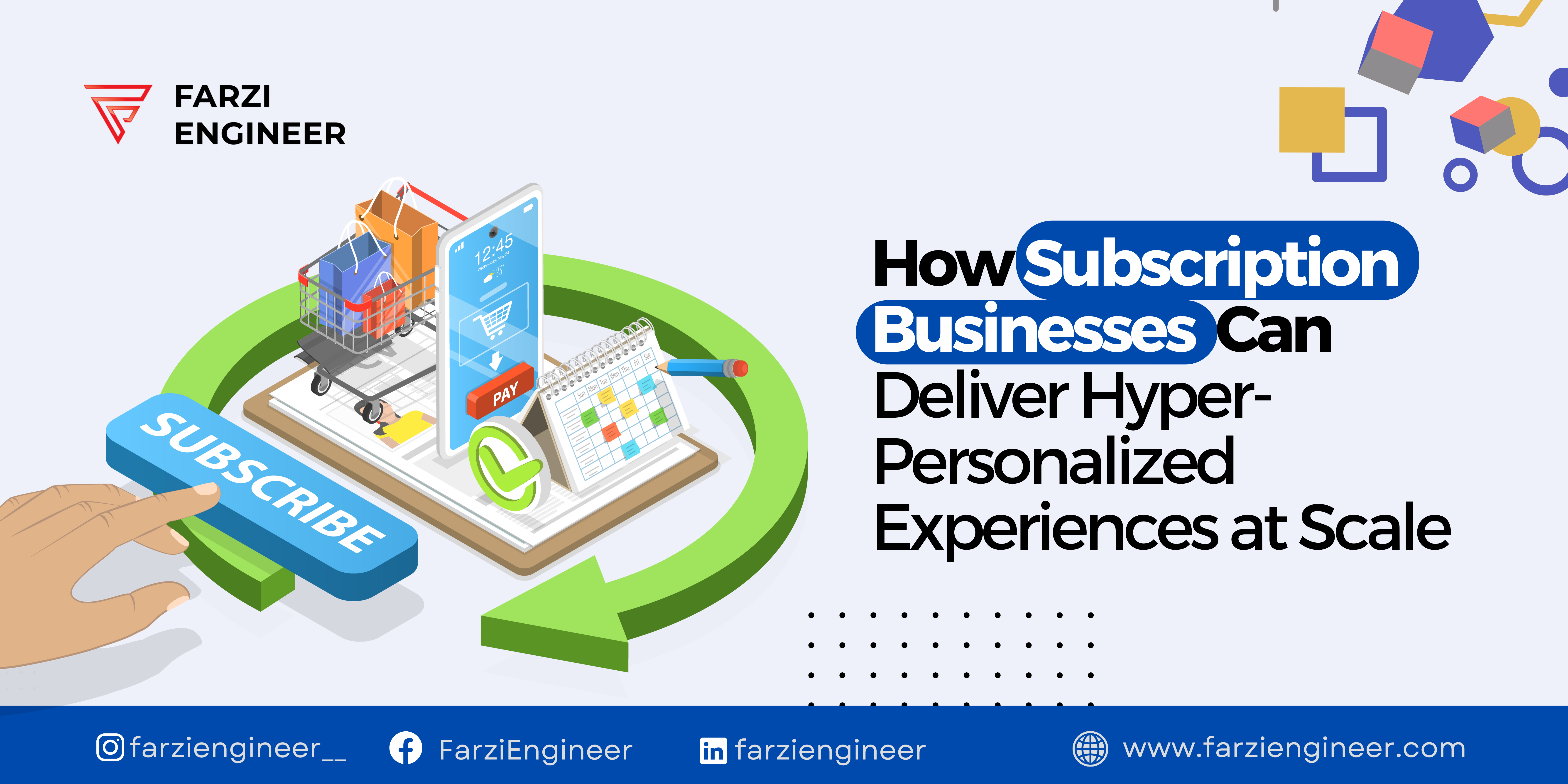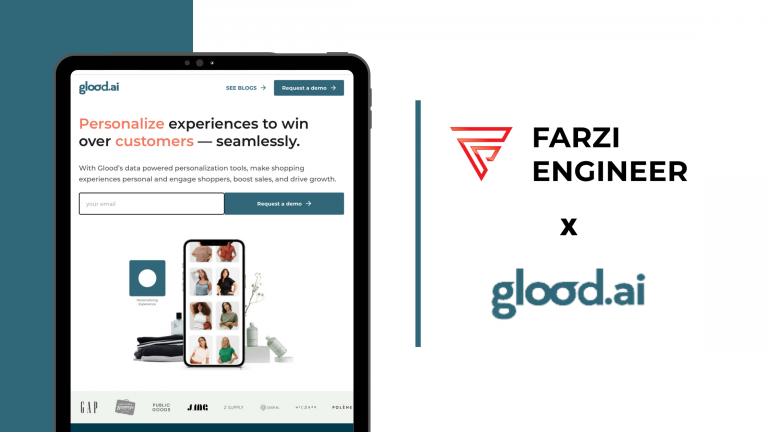Creating an effective user journey is pivotal for crafting a seamless and engaging experience. By delving into thorough user research, you can understand your audience’s needs, behaviors, and pain points. This insight serves as a foundation for a user-centric approach that tailors each step to align with their expectations and motivations.
A well-defined goal is essential. Clearly articulating what users should achieve within your product or service guides the entire journey, ensuring coherence and purpose. Coupled with this, a streamlined onboarding process can ease users into the experience, simplifying their initial interactions and helping them grasp key functionalities quickly.
To make the journey intuitive, navigation must be user-centric, simplifying their ability to find information and perform tasks efficiently. Consistency in design maintains familiarity, while visual hierarchy directs attention towards crucial elements. Personalization adds an extra layer, providing content and suggestions that resonate with users, thus fostering deeper engagement. Communication is vital, as timely feedback and notifications keep users informed and empowered throughout their journey.
This iterative process of monitoring user interactions and seeking improvement ensures a continuously evolving user journey. By analyzing feedback and adapting to changing needs, you can enhance the experience, making it more enjoyable, efficient, and valuable over time. In essence, an effective user journey is the result of empathy, clarity, and a commitment to refinement, ultimately yielding a gratifying user experience.
User Research And Understanding
User Research and Understanding are foundational steps in creating an effective user journey. This involves gaining deep insights into your target audience’s preferences, behaviors, needs, and pain points. Through methods like surveys, interviews, and user testing, you collect valuable data that shapes the entire journey. Understanding your users’ motivations, challenges, and goals allows you to tailor the journey to their specific expectations.
Effective user research guides the development of personas, which are detailed representations of your typical users. These personas help in visualizing the journey from different perspectives, ensuring that each stage of interaction aligns with users’ unique requirements. The insights gained also aid in identifying touchpoints where users might encounter friction or confusion, allowing you to proactively address these issues.
By delving into user research, you can design a journey that resonates with users on a personal level. This understanding empowers you to create an experience that not only meets their needs but also exceeds their expectations, resulting in increased engagement, satisfaction, and loyalty.
Clear Goal Definition
By clearly defining goals, users understand what they’re expected to accomplish, leading to a more focused and satisfying experience. Each interaction becomes purposeful, reducing frustration and increasing user satisfaction. Additionally, clear goals facilitate the measurement of success and allow for iterative improvements based on user behavior and feedback, ensuring a journey that consistently meets user expectations.
Clear Goal Definition is a fundamental principle in creating an effective user journey. It involves establishing concise and specific objectives that users should accomplish during their interaction with your product or service. These goals serve as a roadmap, shaping the flow of the user journey and providing a sense of purpose for users.
To implement clear goal definition, begin by identifying the key actions or outcomes you want users to achieve. Whether it’s signing up for a newsletter, making a purchase, or accessing specific information, each goal should be well-defined and aligned with users’ needs. Next, structure the user journey to seamlessly guide users from one goal to the next, minimizing confusion or unnecessary steps.
Seamless Onboarding
Seamless Onboarding is a critical element of creating an effective user journey that ensures users can easily and confidently engage with your product or service from the very beginning. It involves designing a smooth and intuitive process for users to familiarize themselves with key features, functionalities, and benefits.
A successful onboarding experience starts with a welcoming introduction that highlights the value your offering provides. This initial interaction should convey the essence of your product’s purpose and set the tone for the user’s journey ahead. Consider interactive tutorials, guided tours, or tooltips to gently introduce users to core actions.
To create a seamless onboarding process, prioritize simplicity and avoid overwhelming users with too much information at once. Gradually introduce advanced features as users become more comfortable with the basics. Additionally, allow users to skip or revisit onboarding steps, catering to different levels of familiarity and expertise.
By investing in a well-designed onboarding experience, you reduce the learning curve for users and increase their likelihood of continued engagement. This initial positive interaction sets the tone for the entire user journey, establishing trust and confidence in your product while minimizing frustration or confusion.
User-Centric Navigation
User-Centric Navigation is a crucial aspect of crafting an effective user journey, focusing on designing an intuitive and efficient way for users to navigate through your product or service. It involves organizing content, features, and actions in a manner that aligns with users’ mental models and expectations.
To implement user-centric navigation, start by understanding how your target audience thinks and what they’re trying to achieve. Categorize information logically, grouping related content and tasks together. Use clear and descriptive labels for menu items and buttons, avoiding jargon or ambiguity.
Incorporate search functionality and filters to help users quickly locate specific content or features. Implement consistent navigation patterns across different sections of your product to create a familiar and seamless experience. Regularly test and gather feedback to refine the navigation, ensuring that users can effortlessly find what they need at every step of their journey.
By prioritizing user needs and simplifying their ability to find information and perform tasks, user-centric navigation enhances the overall user experience. It minimizes frustration, reduces cognitive load, and encourages users to engage more deeply with your product, leading to a more effective and satisfying user journey.
Visual Hierarchy and Consistency
Visual Hierarchy and Consistency play a vital role in designing an effective user journey that guides users through your product seamlessly. Visual hierarchy involves arranging elements on the screen to convey their relative importance, making it easier for users to understand and navigate the content.
To implement visual hierarchy, use typography, color, and size to emphasize key elements such as headings, buttons, and calls to action. Place crucial information at the top and center of the screen, drawing users’ attention naturally.
Consistency is equally important, as it maintains a cohesive look and feel throughout your product. Apply the same design principles across different pages or screens, ensuring users don’t feel disoriented. Consistent placement of navigation menus, buttons, and icons allows users to predict where elements will be located.
By leveraging visual hierarchy and consistency, you enhance the user’s ability to comprehend and interact with your product intuitively. Users can quickly identify important information and navigate confidently, resulting in a more engaging and effective user journey.
Personalization and Customization
Personalization and Customization are powerful strategies in creating an effective user journey that resonates with individual users’ preferences and needs. Personalization involves tailoring content, recommendations, and interactions based on user data and behavior, making the experience more relevant and engaging.
To implement personalization, gather user data such as browsing history, purchase patterns, and demographic information. Use this data to provide personalized product recommendations, content suggestions, or even dynamically adjust the user interface to match their preferences.
Customization, on the other hand, empowers users to shape their own experience. Allow users to adjust settings, layouts, and features according to their preferences. This level of control fosters a sense of ownership and enhances the user’s sense of comfort and familiarity.
By incorporating personalization and customization, you create a user journey that speaks directly to each user, increasing their satisfaction and loyalty. Tailored experiences build a stronger emotional connection, making users more likely to return and engage with your product on a deeper level.
Feedback and Communication
Feedback and Communication are pivotal for a successful user journey. Feedback provides clear responses to user actions, reducing uncertainty and enhancing engagement. Transparent communication, through notifications or updates, informs users about changes and relevant content, building trust and involvement.
Effective feedback assures users that their interactions are registered accurately, while proactive communication keeps them informed and engaged throughout the journey. Together, these elements create an experience that is informative, reassuring, and user-centered.
Continuous Improvement
Continuous Improvement is essential in shaping an effective user journey. By regularly analyzing user interactions and feedback, you identify areas for enhancement. Iterative adjustments based on data lead to a refined and seamless journey, ensuring it stays relevant and efficient. The process drives ongoing user satisfaction, as their needs are met and even exceeded over time.
Embracing continuous improvement guarantees that your user journey evolves in response to changing user behaviors and preferences, resulting in a consistently positive and valuable experience. Continuous Improvement is the driving force behind an effective user journey. Regularly evaluating user interactions and feedback helps pinpoint areas needing enhancement.
Through iterative adjustments informed by data, the journey becomes refined and seamless, staying attuned to user needs. This process fosters ongoing satisfaction as evolving user preferences are met. Embracing continuous improvement ensures the journey remains responsive to changing behaviors, maintaining a consistently positive and valuable user experience.
Conclusion
In conclusion, crafting an effective user journey is an intricate blend of psychology, design, and responsiveness. By empathizing with users through comprehensive research, you lay the groundwork for an experience that resonates with their needs and desires. Setting clear goals and designing seamless onboarding ensures users embark on a purposeful journey.
With user-centric navigation, consistency in design, and personalization, the journey becomes intuitive and engaging. Constantly seeking improvement, fueled by feedback and data, is the hallmark of a successful user journey. Iterating upon the journey based on real user interactions ensures it remains relevant and efficient.
In this dynamic process, effective communication and responsive design play key roles in keeping users informed and empowered. Ultimately, an effective user journey is a testament to your commitment to delivering a memorable, valuable, and user-centric experience.





